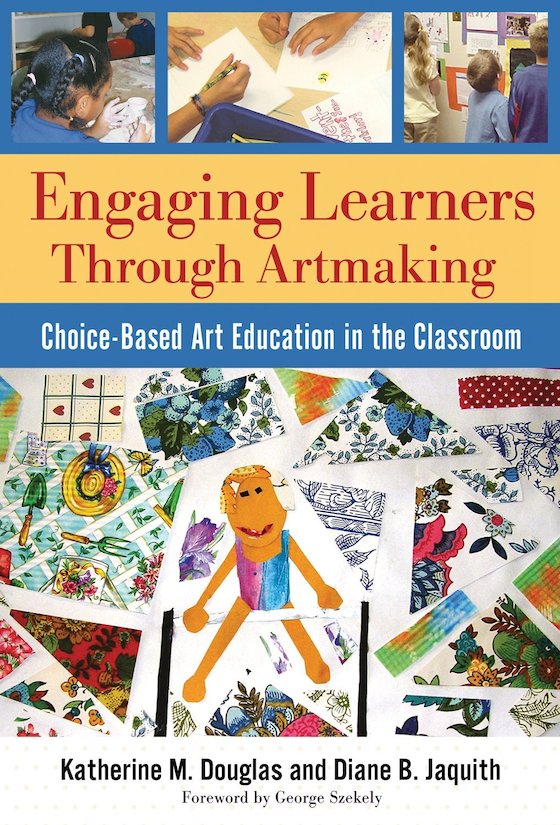2013 was filled with many professional milestones and changes for me. I attended NAEA, completed and passed my National Board Certification, was a student and instructor of graduate classes, participated in the rewriting of the middle school student learning expectations and essential standards for my district, and researched and implemented a modified choice-based curriculum in my classroom.
Each of these events required me to reflect on the effectiveness of my curriculum while questioning my teaching philosophy.
I repeatedly asked myself, what do I want my students to know? At some point, I realized I didn’t like my answer, which is what led me to choice-based art education.
It was during a conversation with a dear friend and fellow art teacher when I realized I needed to make changes. She said, “middle school is the last time many of my students will take a visual arts class, it’s the last opportunity for me to make an impact.” This statement was also true about my students. Therefore, it became my goal to make my curriculum more relevant, engaging and exciting for my students. I wanted it to be memorable and applicable to their futures.
I began researching and scouring the internet for a solution, for the perfect combination of lesson plans to help my curriculum meet my goal.
Through my research, I stumbled upon Choice-Based Art Education/Teaching for Artist Behavior (TAB.) I knew immediately this was the answer I was looking for. My students needed choices.
I started my TAB research by purchasing two books, Engaging Learners Though Artmaking by Katherine M. Douglas and Diane B. Jaquith and The Learner-Directed Classroom by Diane B. Jaquith and Nan E. Hathaway. Both of these books answered a lot of questions I had. They discussed the philosophy, rationale and implementation of choice-based art education.
Then I found and joined the TAB-ChoiceArtEd Yahoo! Group and Facebook page. Both are excellent resources for educators to research, ask questions and find support. If you are looking for even more ideas beyond TAB to implement more choice into your art room, you might also enjoy learning in AOE’s Online Class, Choice Based Art Education.


As I researched and read about TAB classrooms, I was determined to find a TAB teacher to visit. Through a Google search, I found a blog of a TAB teacher in the Minneapolis area. I contacted her and arranged a visit. She also arranged for me to visit her colleague, another TAB teacher. After discussing the positives of TAB with each of these teachers, I became convinced and motivated to implement TAB at my own school.
During my observation, I watched their students make choices, saw how their classrooms were set up and arranged, and discussed the pros and cons of TAB with them. The two observations were an important part of making my decision to implement a choice-based curriculum.
Do you give your students choices in your classroom?
What advice do you have to someone who is interested in learning more about choice-based curriculum?
What questions do you have about switching to TAB?
{image source}{image source}
Magazine articles and podcasts are opinions of professional education contributors and do not necessarily represent the position of the Art of Education University (AOEU) or its academic offerings. Contributors use terms in the way they are most often talked about in the scope of their educational experiences.




